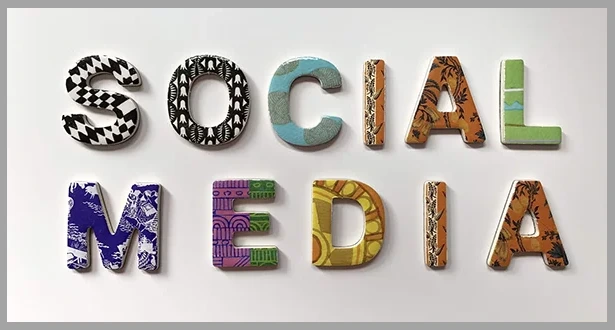
Social media has had a drastic impact on every individual’s life. Over time, the internet and media platforms have significantly influenced all age groups. While some use social media to watch videos of effective house remedies, others consume it to make reels.
Because the demographics of each of the social networks vary, you must get an insight into the relationship between social media and the generation.
Today, the generations we know have five types: Generation Alpha, Generation Z, Millennials (Gen Y), Generation X, and Baby Boomers.
Here’s how each generation uses and consumes social media:
Gen Z, also called Zoomers, has the most online social networking users. This generation has had social media exposure for nearly half their lives. Thus, they’re always online. They’re also visual learners, as visual content appeals to them more than older generations.
Gen Z’s most common reason to use social media is to kill time. Besides this, they consume social media for the following:
As shoppers and consumers, Gen Z loves to interact with social media brands and businesses to learn more about them. But besides that, social media has affected mental health in various ways, as most youngsters use it daily.
Millennials are considered the most adaptable generation due to being born before and after the Internet. Millennials are tech-savvy enough to understand modern technology. Since social media is changing our art experience, they can seek something new and can adapt quickly.
This generation uses social media to connect with the world. Their primary goal is to use it to stay informed about unusual happenings, share life updates, and find entertaining content to reach and watch.
Baby Boomers are traditional media natives. They’ve witnessed the drastic shift from black-and-white television, radio, and newspapers to personal computers, laptops, and smartphones. Only a few in this generation consider social media necessary.
While Boomers are used to changes, they’re not used to digital technologies due to their old age. They’re the ones who use their index fingers instead of their thumbs on smartphones.
Since most Boomers spent their lives without social media, they lost contact with some loved ones. Using social media is their way to find and reconnect with them.
Different generations have different preferences, but most use similar social platforms. Here are the top platforms for different generations that you can use to target all ages:
Facebook is the leading social media channel worldwide. Besides connecting with loved ones and the world, many consider it like an online identity card—an expected credential of being online. Baby Boomers and Gen X prefer this social network.
Facebook generally targets Baby Boomers and Gen X, so make sure you use the right marketing techniques. This includes:
Boomers and Gen X are often made fun of due to their limited technological knowledge. Interact with them politely and answer their queries attentively. If they have bad experiences, polite responses and allowing them to file complaints can restore their faith in your business.
Instagram is an image and video-sharing social platform that Gen Z and Millennials prefer. Users share stories, photos, videos, and reels in this app. It is also mainly used for influencer marketing.
Marketing to Gen Z and Millennials on Instagram involves:
User-generated content allows your followers and prospects to upload content on social media apps with specific content and hashtags. For example, a giveaway contest that requires uploading pictures of landmarks.
TikTok is another social platform Gen Zers and Millennials prefer. This interactive app lets users create, watch, and publish short-form videos. It is notable for its high engagement and addictive quality.
Marketing to Gen Z and Millennials on TikTok involves:
YouTube is the second-leading social media platform worldwide. It thrives on and has become popular because of user-generated content. Unlike formal content on television, users publish creative videos that resonate with the viewers on this channel. Baby Boomers also prefer this social network.
Marketing to Baby Boomers on YouTube involves:
Twitter, now X, is a social network for microblogging. It lets users publish tweets—which are short posts—containing text, photos, links, and videos. Gen Z and Millennials are the ones using this platform the most.
Marketing to Gen Z and Millennials on Twitter involves:
Snapchat is a social network that lets users send and post disappearing snaps (pictures and videos). Gen Z uses this platform the most.
Marketing to Gen Z on Snapchat involves:
LinkedIn is a social network for professionals. It lets users create business profiles and connect with professionals across industries. Hence, it is the social media platform that helps in finding the talent pool. Unlike other platforms, Gen Z doesn’t use this platform that much. Millennials, Baby Boomers, and Gen X are the ones who mostly use it.
Marketing to Millennials, Gen X, and Baby Boomers on LinkedIn involves:
Generational social media usage has distinct characteristics, but it also shares similar purposes, like finding information, interacting with brands, and browsing engaging content.
Leveraging social platforms for all generations enables you to target and reach different demographics to grow your brand. This way, you can amplify your strategies and attract more prospects from all walks of life.
